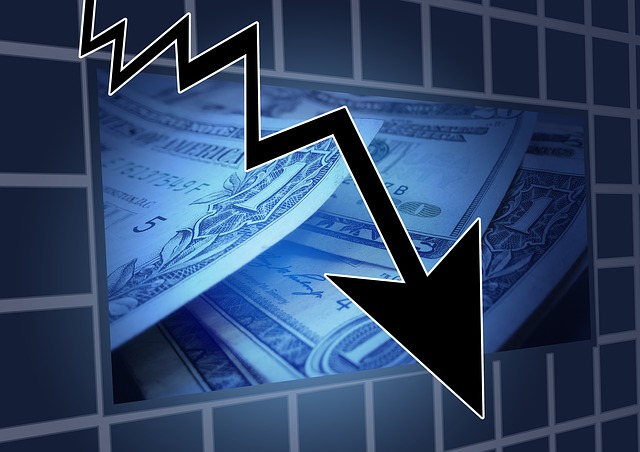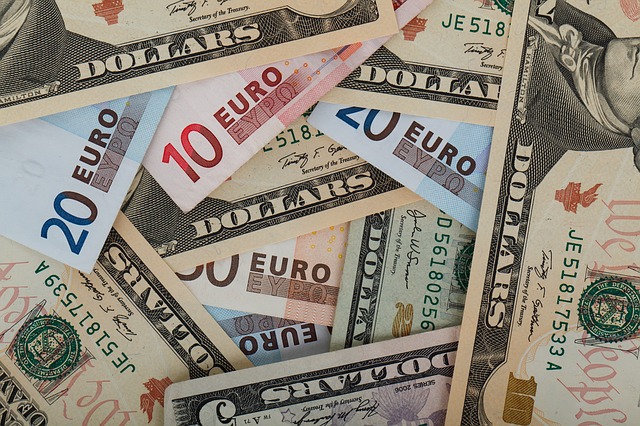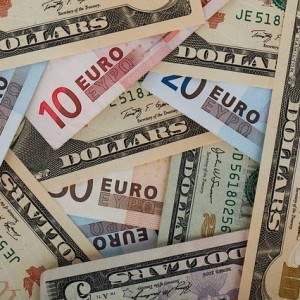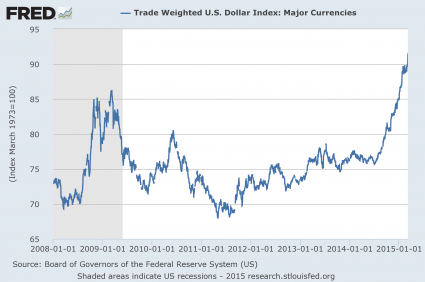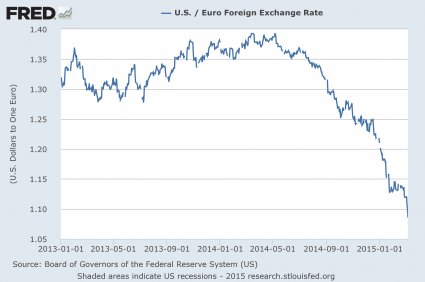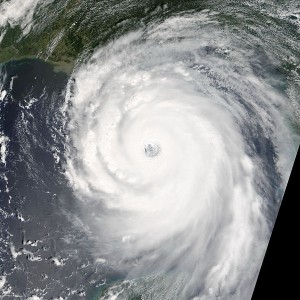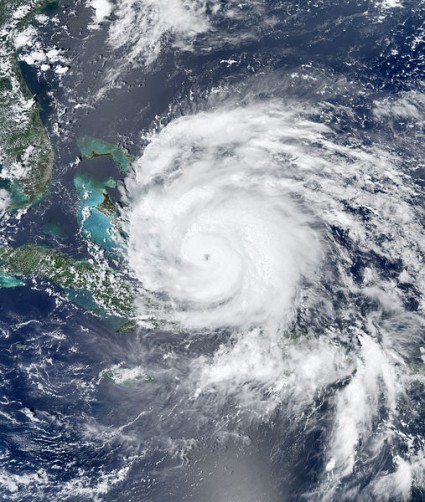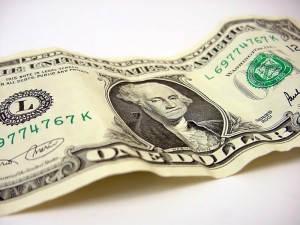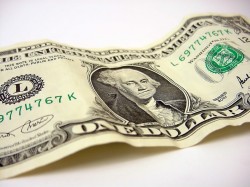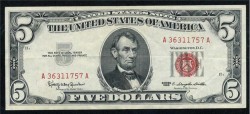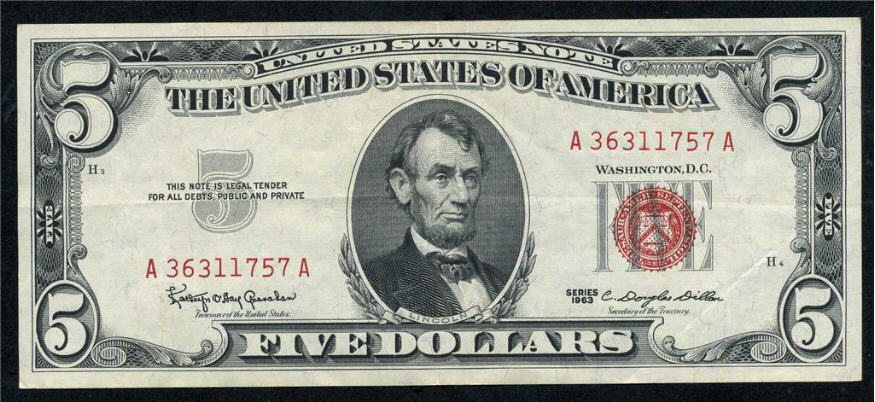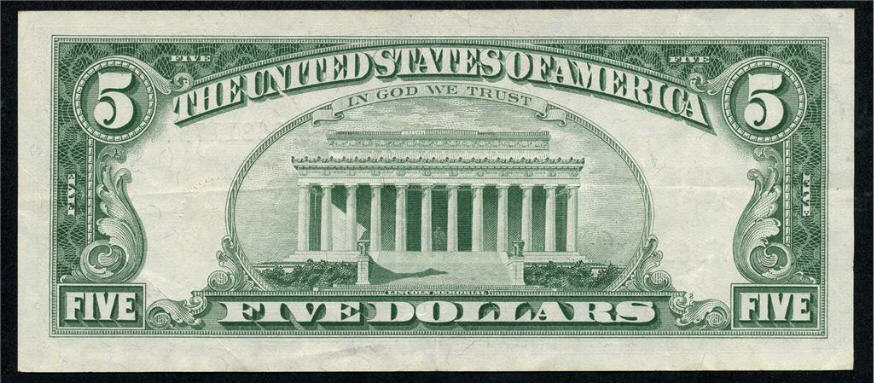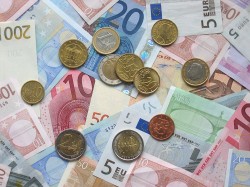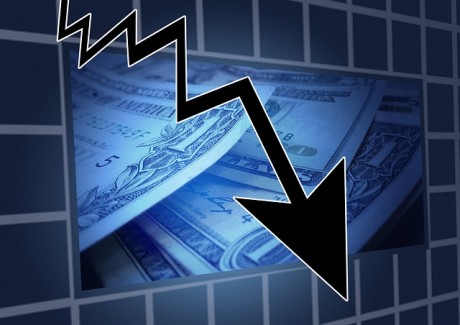 On Friday, the federal government announced that the U.S. economy contracted at a 0.7 percent annual rate during the first quarter of 2015. This unexpected shrinking of the economy is being primarily blamed on “harsh” weather during the first three months of this year and on the strengthening of the U.S. dollar. Most economists are confident that U.S. GDP will rebound back into positive territory when the numbers for the second quarter come out, but if that does not happen we will officially meet the government’s criteria for being in another “recession”. To make sure that the numbers for Q2 will look “acceptable”, the Bureau of Economic Analysis is about to change the way that it calculates GDP again. They are just going to keep “seasonally adjusting” the numbers until they get what they want. At this point, the government numbers are so full of “assumptions” and “estimates” that they don’t really bear much resemblance to reality anyway. In fact, John Williams of shadowstats.com has calculated that if the government was actually using honest numbers that they would show that we have continually been in a recession since 2005. That is why I am referring to this as a “recession within a recession”. Most people can look around and see that economic conditions for most Americans are not good, and now they are about to get even worse.
On Friday, the federal government announced that the U.S. economy contracted at a 0.7 percent annual rate during the first quarter of 2015. This unexpected shrinking of the economy is being primarily blamed on “harsh” weather during the first three months of this year and on the strengthening of the U.S. dollar. Most economists are confident that U.S. GDP will rebound back into positive territory when the numbers for the second quarter come out, but if that does not happen we will officially meet the government’s criteria for being in another “recession”. To make sure that the numbers for Q2 will look “acceptable”, the Bureau of Economic Analysis is about to change the way that it calculates GDP again. They are just going to keep “seasonally adjusting” the numbers until they get what they want. At this point, the government numbers are so full of “assumptions” and “estimates” that they don’t really bear much resemblance to reality anyway. In fact, John Williams of shadowstats.com has calculated that if the government was actually using honest numbers that they would show that we have continually been in a recession since 2005. That is why I am referring to this as a “recession within a recession”. Most people can look around and see that economic conditions for most Americans are not good, and now they are about to get even worse.
For quite a while I have been warning that another economic downturn was coming. Well, now we have official confirmation from the Obama administration that it is happening. The following is an excerpt from the statement that the Bureau of Economic Analysis released on Friday…
Real gross domestic product — the value of the production of goods and services in the United
States, adjusted for price changes — decreased at an annual rate of 0.7 percent in the first quarter of
2015, according to the “second” estimate released by the Bureau of Economic Analysis. In the fourth
quarter, real GDP increased 2.2 percent.The GDP estimate released today is based on more complete source data than were available for
the “advance” estimate issued last month. In the advance estimate, real GDP increased 0.2 percent.
With the second estimate for the first quarter, imports increased more and private inventory investment
increased less than previously estimated (for more information, see “Revisions” on page 3).The decrease in real GDP in the first quarter primarily reflected negative contributions from
exports, nonresidential fixed investment, and state and local government spending that were partly offset by positive contributions from personal consumption expenditures (PCE), private inventory investment, and residential fixed investment.
And actually, Q1 GDP would have been far worse if not for a very large inventory buildup. Without that inventory buildup, Q1 GDP would have been in the neighborhood of negative three percent according to Zero Hedge. Despite the happy face that most analysts are putting on these numbers, the truth is that they reveal some deeply troubling trends.
One of the things that is driving this current downturn is the fact that our trade balance continues to get even worse. In other words, the gap between how much we buy from the rest of the world and how much we sell to the rest of the world is growing.
During the first quarter, imports surged by 5.6 percent. That means that we are buying more from the rest of the planet than we did before.
Unfortunately, during the first quarter of this year exports dropped by a staggering 7.6 percent. That means that the amount of stuff that we are selling to the rest of the planet is falling precipitously.
When our trade deficit expands, we lose jobs, businesses and economic infrastructure at an even faster pace. This is why I write about trade issues so much. Our economy is being absolutely eviscerated, and the Obama administration is pushing another giant trade deal which will greatly accelerate this process.
We are committing national economic suicide by running colossal trade deficits year after year. But instead of addressing our problems, our “leaders” just continue to conduct business as usual.
And to make themselves look good, they just keep manipulating the numbers until they seem “reasonable”. As I mentioned above, the negative number for Q1 is causing a lot of consternation in Washington, so now the Bureau of Economic Analysis is going to modify the way that GDP is calculated once again. The following comes from Bloomberg…
The way some parts of U.S. gross domestic product are calculated are about to change in the wake of the debate over persistently depressed first-quarter growth.
In a blog post published Friday, the Bureau of Economic Analysis listed a series of alterations it will make in seasonally adjusting data used to calculate economic growth. The changes will be implemented with the release of the initial second-quarter GDP estimate on July 30, the BEA said.
Although the agency adjusts its figures for seasonal variations, growth in any given first quarter still tends to be weaker than in the remaining three, economists have found, a sign there may be some bias in the data. It’s a phenomenon economists call “residual seasonality.”
Why can’t they just give us honest numbers?
Meanwhile, we also learned on Friday that corporate profits declined again during the first quarter of 2015. This was the second quarter in a row that we have seen this happen. The following comes from CNS News…
The BEA report also released data on corporate profits, which showed a decrease from the previous quarter. ‘Profits from current production decreased $125.5 billion in the first quarter, compared with a decrease of $30.4 billion in the fourth,’ BEA said.
Can you guess the last time that corporate profits declined for two quarters in a row?
It was in 2008.
So many of the exact same red flags that popped up seven years ago are popping up once again.
I know that I must sound like a broken record, but right now there are more signals that another major economic downturn is approaching than there has been at any other time since I started The Economic Collapse Blog in 2009.
Hopefully this summer will be relatively quiet, but I fully expect for events to start accelerating significantly during the second half of this year.
So if you have things that you need to get done before the next crisis arrives, you better hurry up, because time is quickly running out.
